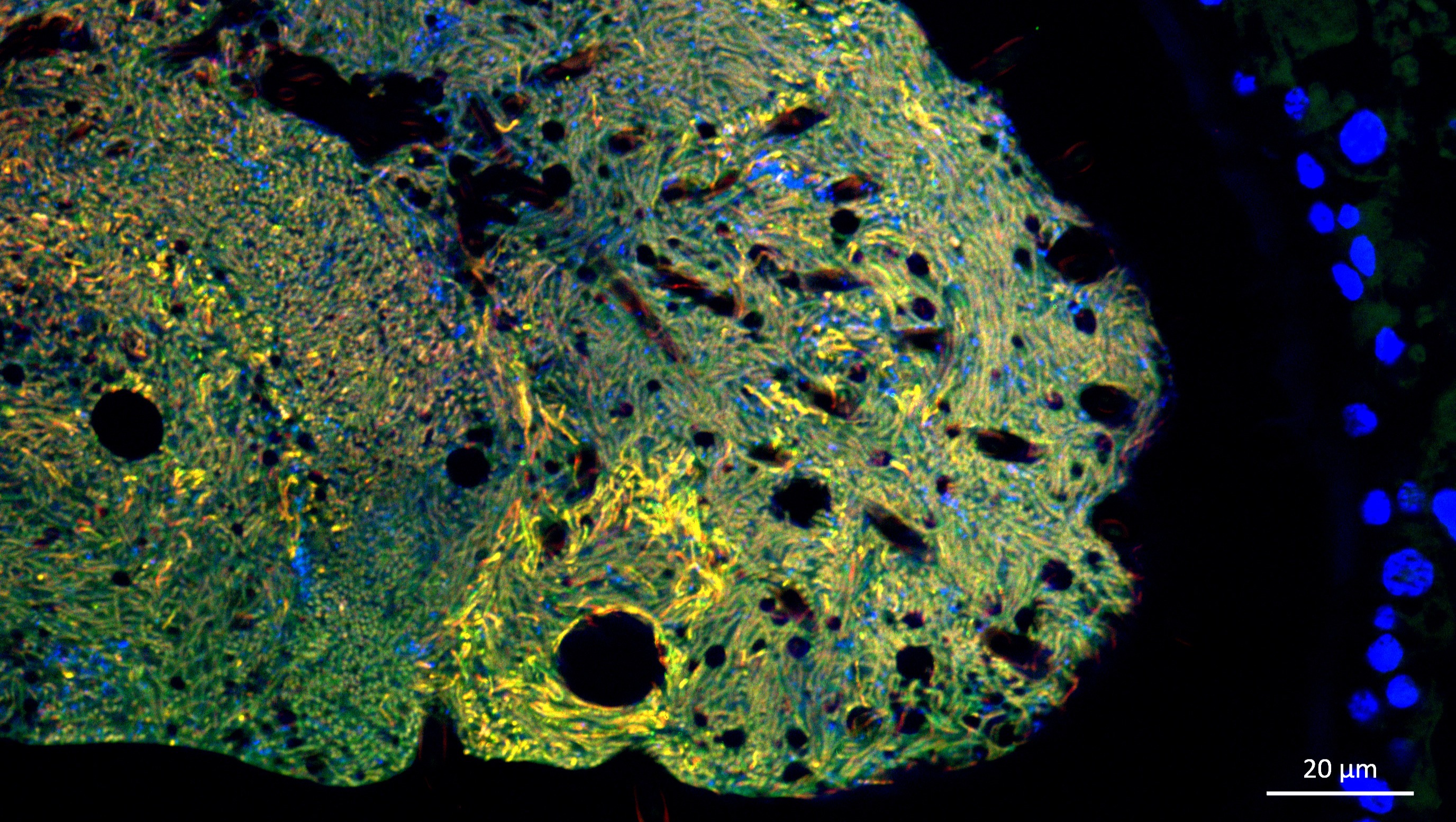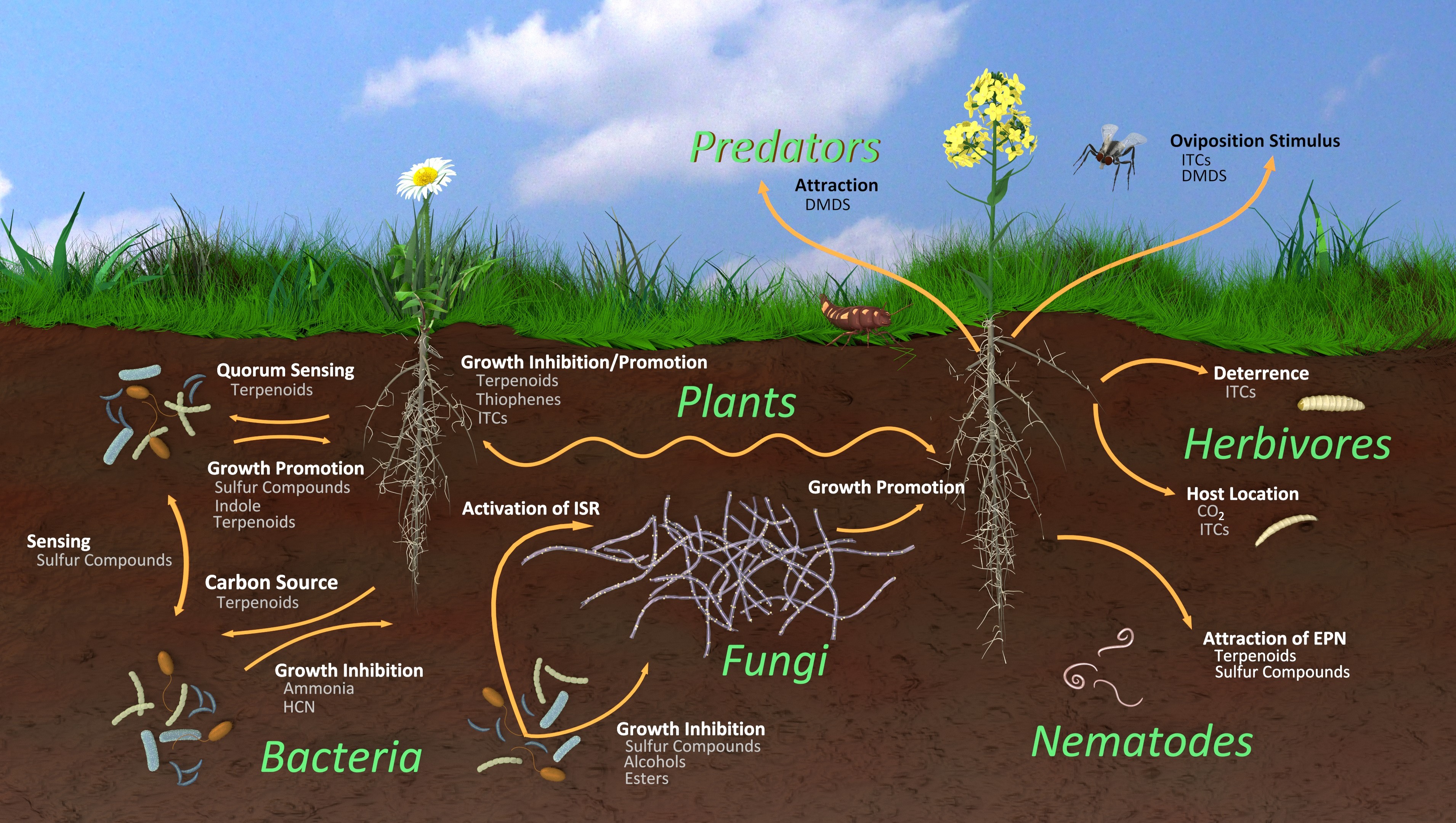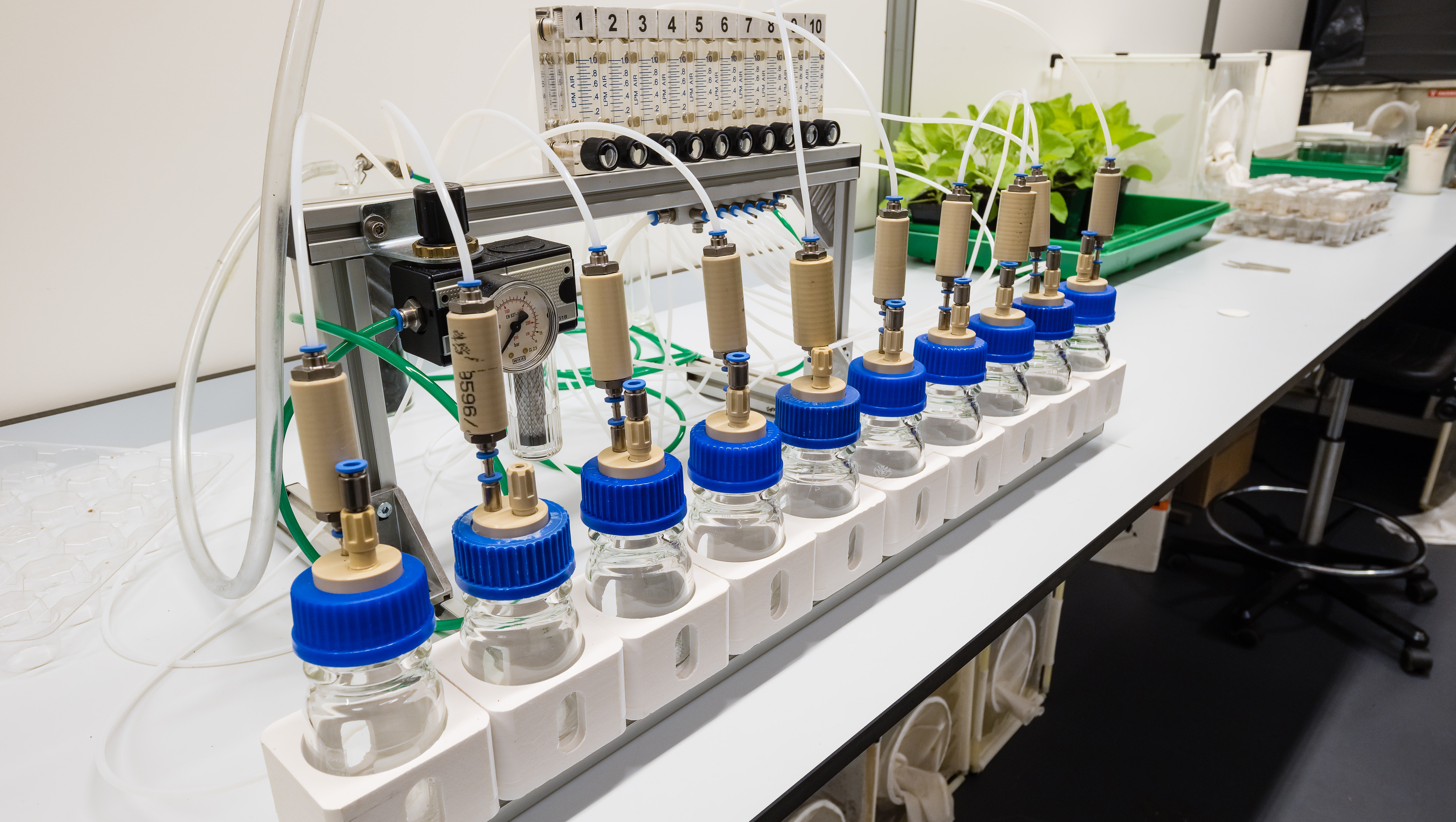
Open Access Chemical Ecology Textbook
Donation protected
- Let’s join forces to make education, science and the thrilling knowledge on chemical interactions among living beings that we’ve gathered as a community accessible for all -
Together with a group of 47 international experts, we are developing an open-access, graduate level (MSc, early PhD) Chemical Ecology textbook to excite scientists new to the field. The book provides both breadth and depth of topic coverage from the microbial world to plants and animals representing those from diverse walks, flights, and swims of life. Each chapter introduces seminal studies and technological/methodological fundamentals of chemical ecology with accessible language and an engaging approach for the readers. This initiative will provide a valuable resource for teaching chemical ecology, and our main aim is to make it accessible for educators and students at no cost.
The team of authors (60% female, 40% male) represents all 6 habited continents and 15 countries, including Australia, Austria, Brazil, China, Costa Rica, Denmark, Finland, Germany, India, Mexico, the Netherlands, South Africa, Switzerland, the UK, and the USA. Authors represent all stages of scientific careers from postdoc to Emeritus. We currently have partial funding from the Max Planck Institute for Chemical Ecology and private funds, and hope for the community’s support to reach the goal for a high-quality open access book edited by Wageningen Academic Publishers that will be available online.
Editors: Astrid T. Groot, Remington X. Poulin, Laura V. Florez, and Nicole van Dam
Book contents:
I: The microverse of chemical ecology
Microbe-microbe interactions
Plant-microbe interactions (inc.fungi)
Microbes as ecological mediators in animals

II: Aquatic chemical ecology
Aquatic chemical ecology
III: Chemical communication in insects
Evolution of chemical communication in insects
Chemical ecology of social Insects

Image credit: Jan van Arkel
IV: Chemical ecology of plant mediated interactions with the environment
Plant - insect interactions
Pollinators and floral volatiles
Chemical ecology of belowground plant interactions
Chemical ecology in agriculture
Fruit, seed and propagule dispersal

V: Humans and other vertebrates’ intra- and interspecific communication
Vertebrate chemical ecology
Human chemical ecology
Chemical defenses in animals
VI: Anthropogenic effects on chemical ecology
Disease vector ecology
Food chemical ecology
Chemical ecology in the Anthropocene
VII: Core analytical methods in chemical Ecology: Collection, separation, identification and quantification of semiochemicals

Image credit: Jan van Arkel
Cover image credit: Jan van Arkel
Co-organizers (4)
Nicole Van Dam
Organizer
Wageningen
Astrid Groot
Beneficiary
Laura Florez
Co-organizer
Remington Poulin
Co-organizer